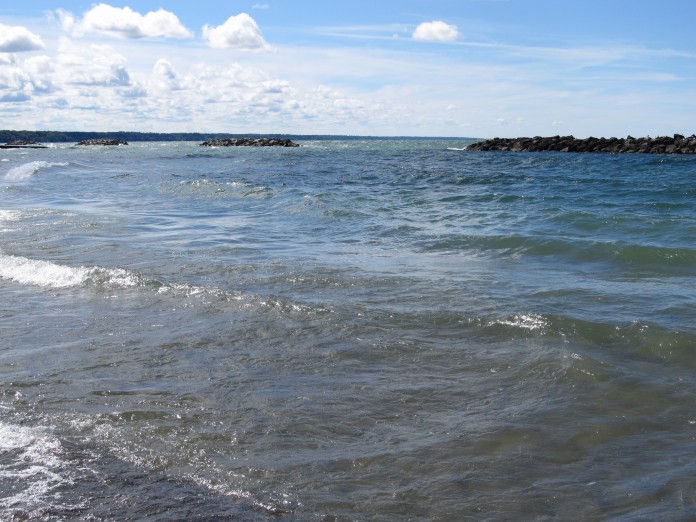
LANSING, Mich. — State leaders shared Michigan’s draft Domestic Action Plan for Lake Erie — a targeted approach for improving water quality and helping to prevent algal blooms, making it safer for people and aquatic life.
The plan
Crafted by the departments of Agriculture and Rural Development, Environmental Quality, and Natural Resources, the plan aims to reduce the amount of phosphorus entering Lake Erie to help prevent algal blooms in the western part the lake, including those that are unsafe for people, and address low dissolved oxygen in the central basin of Lake Erie.
Michigan’s plan details how the state will do its part to reduce the amount of phosphorus entering Lake Erie by 40 percent by 2025.
A public information meeting will be held June 28, 6:30-9 p.m., in the Baer Auditorium (Room 110) in Jones Hall on the campus of Adrian College, 112 S. Charles St., Adrian, Michigan.
According to Michigan Department of Agriculture and Rural Development Director Jamie Clover Adams, Michigan’s plan outlines current efforts and articulates concrete actions the state will take to improve Lake Erie.
“Although state agencies and other stakeholders are conducting more and better research on the Western Lake Erie Basin and improving best practices for agriculture and wastewater treatment, our Domestic Action Plan lays out additional key strategies for wetland restoration, invasive species research, tightened permit requirements for sewage treatment facilities, and customized farm operations,” said Clover Adams.
Algae are natural components of marine and freshwater systems, and not all algae are harmful, but too much algae, like in Lake Erie’s western basin, is an indication of an imbalance in the ecosystem.
Things like invasive species, heavy rainfall run-off, increasing temperatures and many other ecological challenges make the Western Lake Erie Basin is susceptible to algal blooms.
Collaboration
Recently, Michigan joined Ohio and Ontario in the signing of the Western Lake Erie Basin Collaborative Agreement and the Lake Erie Basin was included as a priority action area in Michigan’s Water Strategy.
Keith Creagh, director of the Michigan Department of Natural Resources, encouraged cooperative action across local, state and national governments to benefit Lake Erie.
Creagh said, in order to ensure the lake continues to be a source of drinking water and place for recreation, “it is imperative that we work together to provide solutions.”
Michigan’s Domestic Action Plan is one of several plans from surrounding states, the province of Ontario, and the U.S. and Canadian federal governments.
Comments
The draft plan will be available for public review and comment through July 14, at www.michigan.gov/deqgreatlakes.
Comments can be emailed to DEQ-LakeErieDAP@michigan.gov or mailed to Michigan Department of Environmental Quality, Water Resources Division, Attn: Lake Erie DAP, P.O. Box 30458, Lansing, MI 48909.
The final version, along with plans from other Lake Erie Basin states (Indiana, Ohio, New York and Pennsylvania), will be integrated into the U.S. Environmental Protection Agency’s comprehensive plan, scheduled for release in February 2018.









